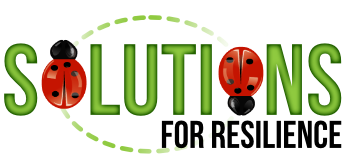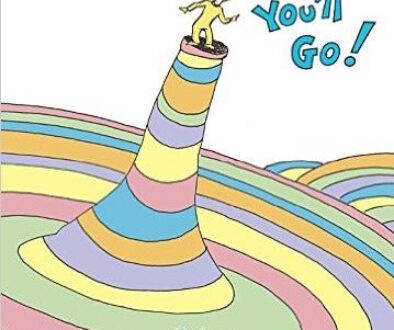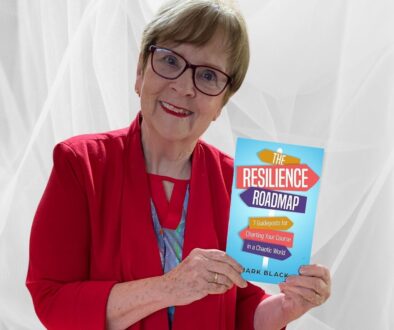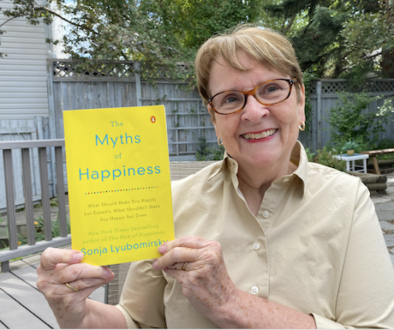Performing Under Pressure – Book Summary
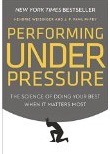 Our lives are filled with stress and pressure. But what is the difference? Here is an explanation from the book, Performing Under Pressure by Hendrie Weisinger and J.P. Pawliw-Fry. As they write:
Our lives are filled with stress and pressure. But what is the difference? Here is an explanation from the book, Performing Under Pressure by Hendrie Weisinger and J.P. Pawliw-Fry. As they write:
Every stressful situation — a longer meeting than you expected, the colleague letting you down on deliverables — can start to feel like a pressure situation when, in fact, it is a mild inconvenience that has no impact on the success of your day. Unmanaged, pressure will sabotage our best intentions.”
Overview
One day, it may be important for you to grasp the difference between personal stress and pressure. Weisinger and Pawliw-Fry have paved the way in our understanding of this important distinction. After conducting research and taking polls with over 250,000 participants, they compiled their results in their 350+ page book (New York Times Bestseller), Performing Under Pressure: The Science of Doing Your Best When It Matters Most.
They describe stress as referring to the demands of daily living with not enough money, time or energy to meet those hassles. They describe pressure as a situation that has a dependent, significant and negative result if you do not perform well; hence, performing under pressure. Your job, your reputation, a close relationship, or your safety might be at risk if you do not act precisely, accurately and quickly.
Basic Concepts
- Pressure is different from distress.
- Three aspects of pressure include 1) an important outcome or desired result, 2) the outcome is unknown, and 3) you feel responsible for the outcome and/or fear others’ judgments.
- How we think about our situation or the meaning we ascribe to it, either heightens or relaxes our sense of being under pressure. This is also true for when we feel growing distress.
- Recent research has revealed that often times when we believe we are kindly motivating others, we are setting up what the authors call Pressure Traps. These traps include:
- support for performance excellence, rather than providing support by being there;
- offering an incentive as if it was a need, rather than a nice to have or want;
- creating competition with an attitude of winning at all costs, rather than focusing on improvement.
- There are many ways to manage pressure experiences. Indeed, the authors provide more than 22 ways, including being in the moment, seeing the opportunity, listening to music, writing, and learning to regulate your breathing.
- There are also many ways we can build our ability to deal with pressure. These include strengthening our confidence, optimism, tenacity, and enthusiasm.
Hendrie Weisinger Quotes:
- “Every stressful situation — a longer meeting than you expected, the colleague letting you down on deliverables — can start to feel like a pressure situation when, in fact, it is a mild inconvenience that has no impact on the success of your day. Unmanaged, pressure will sabotage our best intentions.”
- “The attributes of a pressure moment– importance, uncertainty, responsibility to others, and feeling judged – have potential to stimulate feelings of fear, anxiety, failure, embarrassment, and stress. These are powerful psychological and physiological forces that can be helpful in the right context, but not in a pressure situation.”
- “Your natural tools are your thoughts, physiological responses, body movements, voice, and senses. They determine how you handle pressure, regardless of your level of expertise, abilities, or good intentions.”
- “Pressure Solutions immunize you to the pressure of the moment because, in one way or another, they help you:
- Reduce feelings of anxiety, stress, and embarrassment
- Avoid distraction
- Regulate your arousal
- Guide your behavior
- Help you focus on what helps you.”
- “There is no shame in feeling pressure, but if you do not share your feelings, pressure will shame you.”
Summary:
In the end, the authors agree with me: the best you can do is do your best!
If you purchase a copy of Performing Under Pressure, make sure you take the Weisinger Pressure Assessment and Inventory (WPAI).
Please check out these related posts:
- Stress and Trauma: Understand the Difference in Meaning and Experience
- How to Develop Body Awareness to Better Manage Your Stress
- Thrive on Change: Nine Tips to Help You Adapt

